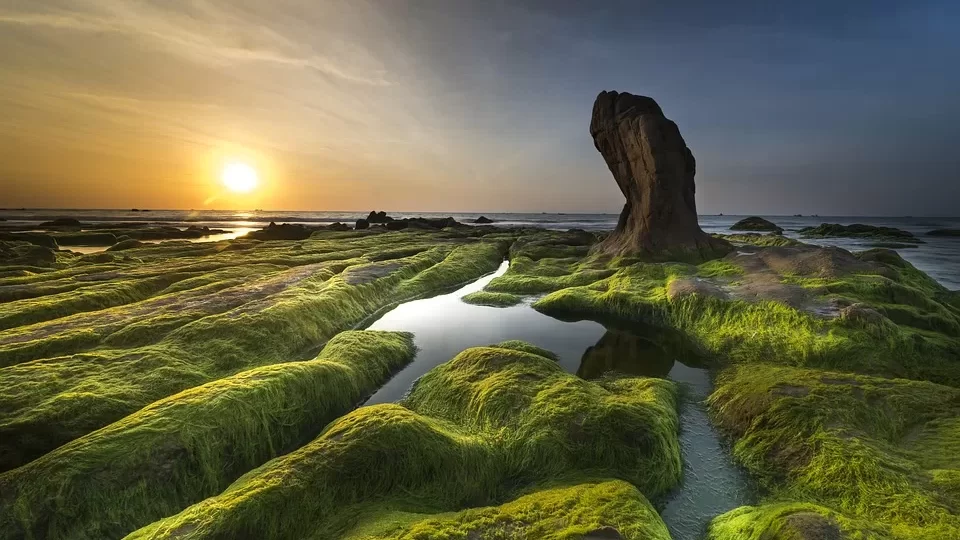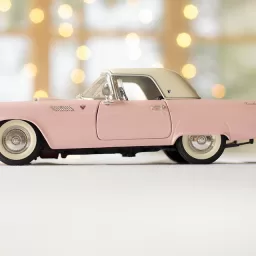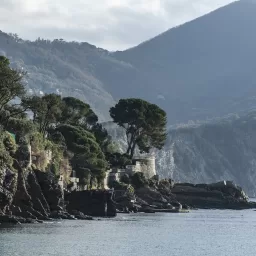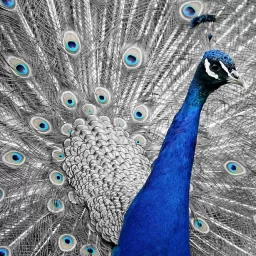
Blue-Green Algae: Wonder Food or Waste of Money?
Algae ranges from microscopic organisms to 180′ long seaweed. More than 200 species have been used as food since prehistoric times in virtually every country that has a coastline. It has also been used widely as fertilizer. Algae are abundant, high in minerals, and depending on the species, a good source of protein, carbohydrates, fiber, essential fatty acids and vitamins.
The microscopic algae growing in cold waters (oceans) contain the essential omega-3 fatty acids, but you can’t eat them; they are eaten by zooplankton, which are in turn consumed by larger and larger shellfish or fish, and fish-eating birds and mammals. So you get their benefit when you eat cold-water fish and shellfish.
Blue-green algae grown in fresh-water lakes can be harvested easily because they collect in large amounts on the surface (“pond scum”) and can be skimmed off. They do not contain the omega-3 fatty acids that are found in the cold-water species. They do contain protein, vitamins and minerals, but not in any greater amounts than that found in many other ordinary foods. Ancient tribes in South and Central America harvested the algae from their lakes, dried it in bricks and ate it in large amounts, not in tiny pills. You need to eat a pound of blue-green algae to equal, say, a pound of soybeans.
That’s why it makes no sense to buy blue-green algae in pills. A pound of dried soybeans costs 89 cents; a pound of dried blue-green algae in pill form costs over $1000. Blue-green algae does not contain any “miracle” substances and has not been shown to cure anything – despite the claims of its advertisers.
Large algae (seaweed) has more fiber and carbohydrates, and less protein, than the microscopic algae, and is also a good source of minerals and some vitamins. It’s available in Asian markets, and can be a tasty addition to soups or stews.
Microscopic algae and seaweed harvested from polluted waters will contain the toxins found in the water, so unless you harvest it yourself and know the water is clean, algae is not a food you want to eat in large amounts.
blue host
#BlueGreen #Algae #Food #Waste #Money
Will be pleased to have you visit my pages on social networking .
Facebook page here.
Twitter account is here.
Linkedin account here
Post byBedewy for info askme VISIT GAHZLY





